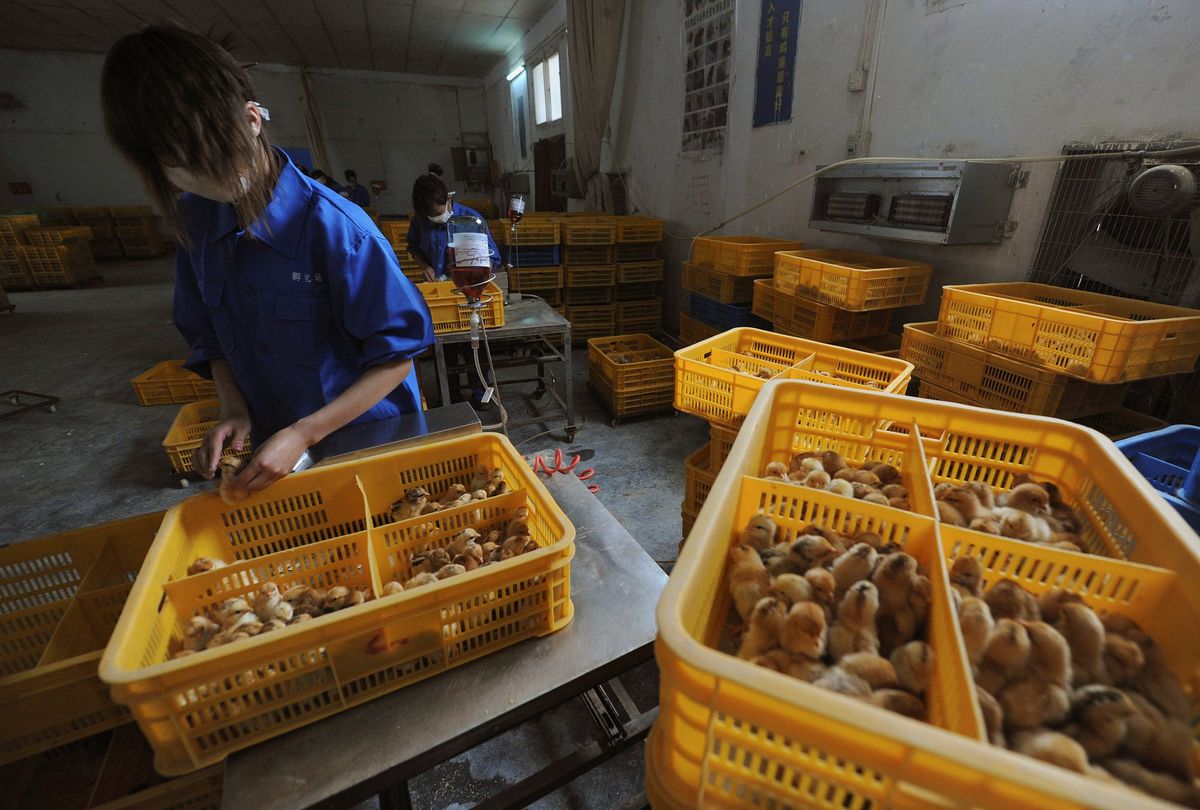Why do experts believe that the new strain of bird flu found in China is a result of climate change

A few minutes every morning is all you need.
Stay up to date on the world's Headlines and Human Stories. It's fun, it's factual, it's fluff-free.
While the new strain is said to be rare and not easily transmissible, experts are still warning that the threat of a bird flu pandemic has become more and more likely.
- On June 1, a new strain of bird flu, known as H10N3, was discovered in China.
- The discovery was confirmed a few days after a 41-year-old man in the country’s Jiangsu Province tested positive for the virus, nearly a month after he was hospitalized with a severe fever.
- According to Beijing’s National Health Commission, the man fully recovered and was released from the hospital.
- No other cases of infection were reported and everyone else the man came into contact with tested negative.
- While the new strain is said to be rare and not easily transmissible, experts are still warning that the threat of a bird flu pandemic has become more and more likely.
What is bird flu?
- Bird flu, also known as avian influenza, is a variety of the flu virus adapted to live inside of birds.
- The risk of transmission is determined by the virus’ pathogenicity, which just means its ability to infect and contaminate others.
- The last known highly pathogenic strain of the bird flu was the H7N9 strain, which killed around 300 people throughout China, Hong Kong, Taiwan and Malaysia during 2016 and 2017.
- The World Health Organization (WHO) stated that this virus was “an unusually dangerous virus for humans,” which was exacerbated by an increase in poultry production.
- While bird flu transmissions are typically rare and quite isolated, there has been scientific research pointing to another reason for an increased risk of a widespread bird flu pandemic – climate change.
How is bird flu spread?
- The poultry industry makes up a major sector of the agricultural economy of many large industrialized countries, including the United States and China.
- Large-scale factory farming has been identified as a major contributing factor of climate change because it uses a large amount of land and resources.
- Since bird flu is more present among waterfowl (birds that spend most of their non swimming time on water), many scientists believe that because wild birds have been migrating further and further due to greater changes in seasonal temperatures, the risk of spreading new strains of the virus to foreign bird populations across the globe is greater than ever before.
- These viruses can then spread from migrating birds to poultry farms, which, in turn, increases the risk of exposure to humans.
How is this impacted by climate change?
- New research at the National Institutes of Health said that “climate change would almost certainly alter bird migration, influence the AI virus transmission cycle and directly affect virus survival outside the host.”
- This means that the virus has a greater chance of spreading due to the different altered patterns in bird migration.
- Another study from Arizona State University said that “a shift in the global climate could lead to a shift in migratory patterns, leading to the reassortment of these viral strains and increasing the chances of a new, threatening strain emerging.”
- This study shows that because of the increasing risk of climate change affecting the habitats and migratory patterns of birds, a global risk of a bird flu pandemic is greater than ever before.
What can we do to reduce this climate risk?
- According to Hikmet Karakoc, author of the 2010 book “Global Warming: Engineering Solutions,” the best way to prevent the spread of the bird flu is “identify the people and communities that are most at risk” and to “provide basic information on prevention and control of avian influenza to these people as they are at greatest risk of being exposed to the disease.”
- However, many argue that on top of the new safety measures, we need to decrease our poultry consumption globally since it’s a major contributor to climate change.
- Large scale poultry farms use extensive land and contribute major ground, water and air pollution as a result, speeds up the process of climate change and therefore, provides a breeding ground for new diseases.
Have a tip or story? Get in touch with our reporters at tips@themilsource.com




Comments ()